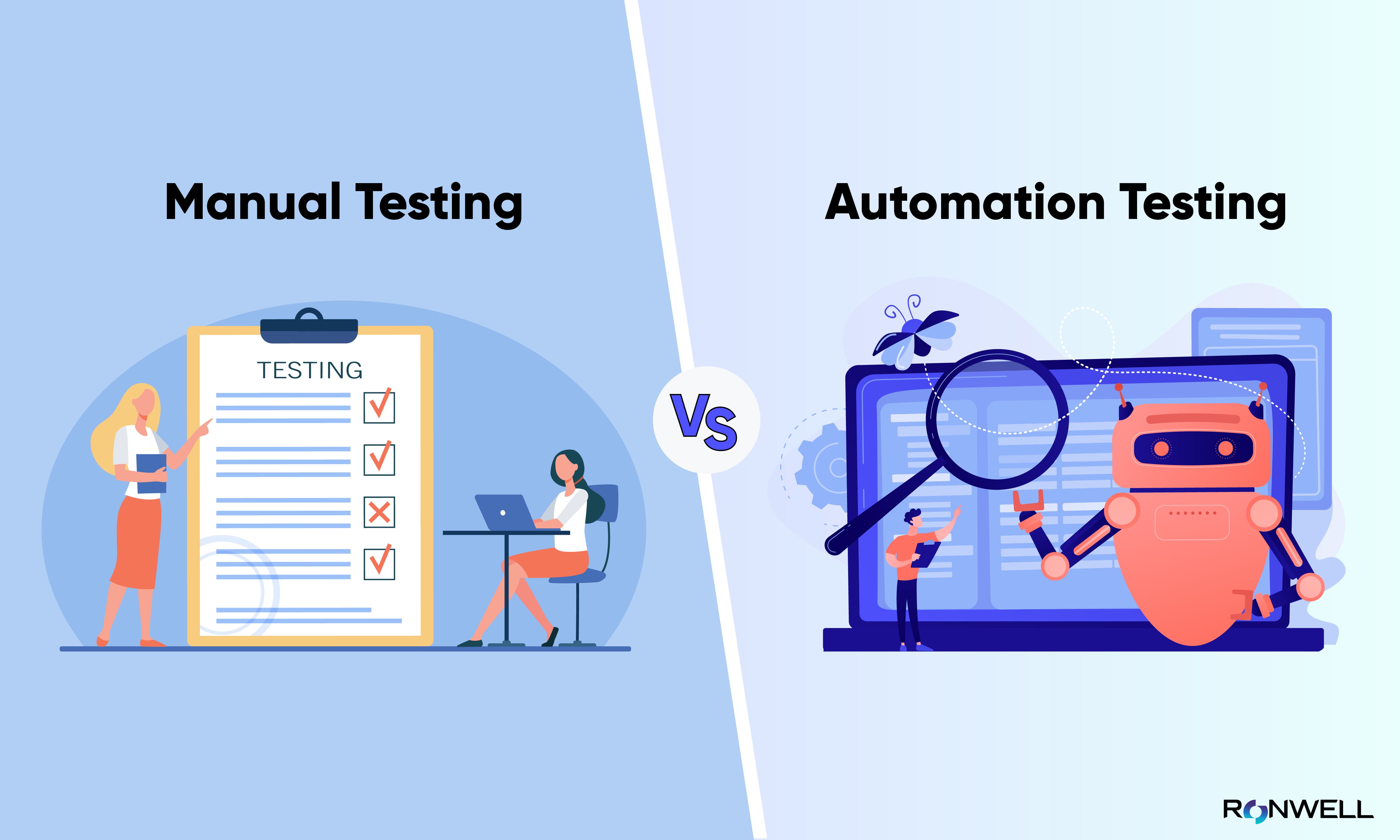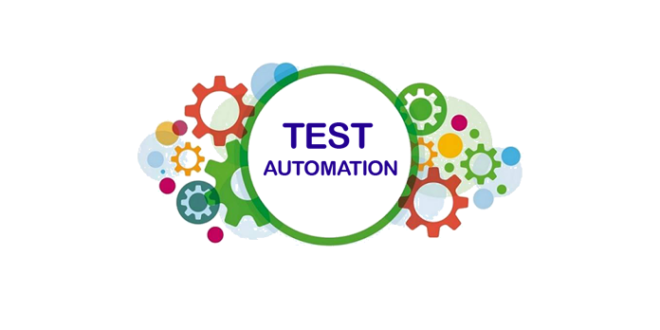Mastering Automation Testing: Devices, Methods, and Benefits
Mastering Automation Testing: Devices, Methods, and Benefits
Blog Article
From Handbook to Automated Screening: A Comprehensive Overview to Transitioning Efficiently and Successfully
In the world of software application testing, the shift from manual to automated processes has become an increasingly vital transition for organizations seeking to enhance efficiency and accuracy in their testing practices. As technology continues to advance, the need for reliable and smooth automatic screening techniques has never ever been extra important. The trip from handbook to automated testing is not without its obstacles, yet when approached strategically and with a clear plan in mind, the benefits can be significant - automation testing. In this thorough overview, we will explore key actions and factors to consider crucial for an effective transition, from the initial selection of tools to the assimilation of automation into existing workflows. Remain tuned to discover the insights that will certainly help lead the way for a smoother and more reliable testing process.
Benefits of Automated Testing
Automated testing supplies various benefits, enhancing efficiency and accuracy in software application advancement procedures. One main advantage is the considerable reduction in testing time. Automated tests can be run concurrently on multiple devices and running systems, significantly quickening the testing phase contrasted to hands-on testing. This enhanced effectiveness allows for faster feedback on the quality of the software program, allowing developers to identify and address problems promptly.
In addition, automated screening makes sure a higher degree of accuracy in identifying problems. Given that automated examinations comply with predefined manuscripts, human mistake is minimized, causing even more dependable test results. Uniformity in testing is additionally enhanced, as automated examinations execute the exact same actions precisely each time they are run. This consistency is important in making certain that all capabilities of the software are thoroughly evaluated, reducing the chance of undetected insects sliding through to production.
Picking the Right Devices

First of all, examine your purposes and needs. Comprehend the scope of your project, the innovations involved, and the capability of your team. This analysis will aid you figure out the abilities and functions you call for in your testing devices.
Secondly, think about the compatibility of the devices with your existing systems and procedures. Smooth combination with your present software growth lifecycle is necessary to ensure a smooth change to automation.
In addition, review the scalability and versatility of the tools. As your testing needs evolve, the tools ought to be able to adjust and accommodate changes effectively.
Lastly, consider the support and neighborhood around the tools. When executing automated screening, robust assistance and an energetic customer community can supply useful resources and aid. By very carefully thinking about these facets, you can select the right tools that align with your requirements and established the stage for a successful change to automated testing.
Writing Efficient Test Manuscripts

When crafting examination manuscripts, it is necessary to consider the details needs of the software program being evaluated and make sure that the scripts deal with all important performances. Clear and detailed calling conventions for examination scripts and test instances can enhance readability and maintainability. automation testing Furthermore, integrating mistake handling devices within the examination manuscripts can aid in recognizing and dealing with concerns quickly.
Moreover, organizing test scripts right into modular elements can boost reusability and scalability, decreasing redundancy and enhancing effectiveness in examination manuscript maintenance. Normal reviews and updates to test scripts are critical to equal developing software application requirements and performances. By following these principles, testers can produce effective and robust examination scripts that add significantly to the success of automated testing processes.
Integrating Automation Into Workflows
Effective combination of automation devices right into existing workflows boosts and streamlines procedures performance within software advancement cycles. When including automation right into operations, it is essential to identify repeated tasks that can be automated to save time and reduce human error. By effortlessly integrating automated screening tools like Selenium or Appium right into the software application advancement lifecycle, teams can accomplish faster feedback on code adjustments, bring about quicker pest discovery and resolution. This assimilation enables continuous screening throughout the development process, guaranteeing that any type of problems are identified early on, leading to greater software application top quality. Additionally, automation can be used to set off tests automatically after each code commit, offering instant validation and liberating testers to concentrate on even more complex circumstances. Proper assimilation of automation tools requires partnership between growth, screening, and procedures teams to develop a unified operations that maximizes effectiveness and efficiency in delivering high-quality software.
Guaranteeing a Smooth Change
Efficiently transitioning to automated testing entails thorough preparation and careful look at this website implementation to make best use of and lessen interruptions effectiveness in the software growth process - automation testing. To guarantee a smooth change, it is necessary to begin by performing a comprehensive evaluation of the present screening procedures and identifying areas where automation can bring the most significant advantages. Involving with all stakeholders early on at the same time, including developers, testers, and job supervisors, is important for garnering support and buy-in for the automation effort
Interaction is crucial throughout this transition stage. Clear interaction of the goals, benefits, and expectations of automated testing helps to handle any type of resistance or problems that might occur. Furthermore, offering appropriate training and resources for staff member to upskill in automation tools and methods is vital for making sure an effective change.

Final Thought
In verdict, transitioning from guidebook to automated testing supplies countless advantages, including increased efficiency and dependability. By choosing the proper tools, creating effective test manuscripts, and integrating automation flawlessly into process, organizations can ensure a effective and smooth change. It is necessary to accept automation as a valuable asset in software application screening procedures to improve total quality and performance.
In the realm of software program testing, the shift from manual to automated procedures has actually ended up being an increasingly crucial change for organizations looking for to boost efficiency and precision in their screening methods. Automated examinations can be run all at once on several devices and running systems, significantly speeding up the testing stage compared to hand-operated screening. Uniformity in testing is additionally improved, as automated examinations perform the same steps specifically each time they are run.To make sure the successful application of selected screening devices, the creation of efficient examination scripts plays an important role in verifying the capability and performance of automated processes - automation testing. By adhering to these concepts, testers can produce robust and reliable examination manuscripts that add considerably to the success of automated testing processes
Report this page